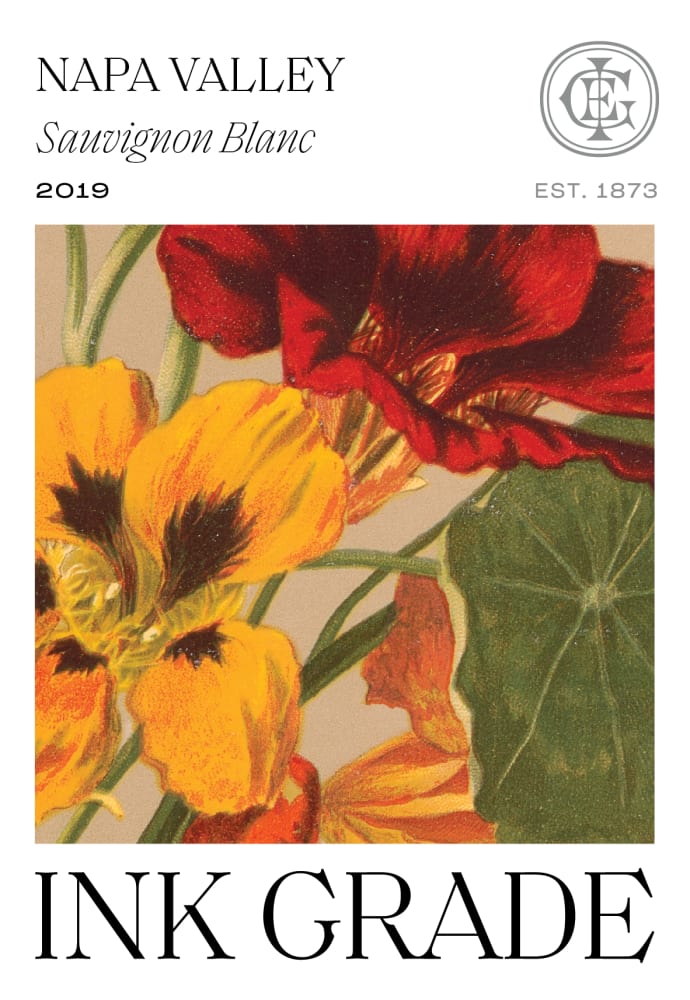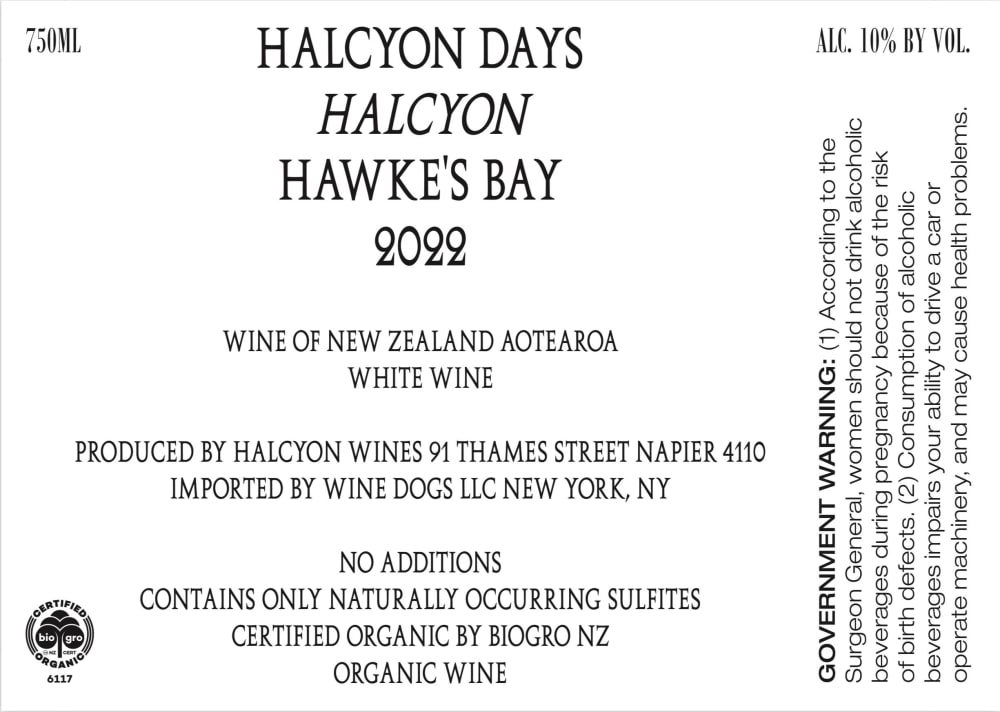Amarone is a style of Italian red wine that is produced in the Veneto region, specifically the Valpolicella DOCG. The wine is made using the appassimento method, which involves drying the grapes before fermentation to concentrate their sugars and flavors. This process results in a wine that is full-bodied, rich, and complex, with flavors of dried fruits, spices, and chocolate. Amarone is often considered one of Italy’s most prestigious wines and is highly sought after by collectors and enthusiasts alike.
The process of making Amarone begins with the selection of grapes, typically Corvina, Rondinella, and Molinara. After harvest, the grapes are laid out in a well-ventilated room or on bamboo racks to dry for a period of three to four months. During this time, the grapes lose up to 40% of their weight, which concentrates their sugars and flavors. Once the grapes have reached the desired level of dehydration, they are pressed and the resulting must is fermented for an extended period of time, often up to six weeks.
The resulting wine is high in alcohol and tannins, with a deep ruby color and flavors of dried cherries, figs, raisins, and spice. Amarone is typically aged in ![]() oak barrels for a period of two to three years, which imparts additional flavors of vanilla, chocolate, and tobacco. The wine is often described as powerful, complex, and elegant, with a long finish that is both fruity and spicy.
oak barrels for a period of two to three years, which imparts additional flavors of vanilla, chocolate, and tobacco. The wine is often described as powerful, complex, and elegant, with a long finish that is both fruity and spicy.
Amarone is a wine with a rich history that dates back centuries. The appassimento method used to produce Amarone was likely first used in ancient Greece, where grapes were dried in the sun to make sweet wines. The technique was later adopted by the Romans, who used it to produce wines in the Veneto region. Amarone as it is known today began to take shape in the early 20th century, when winemakers began experimenting with the appassimento method to create a wine that was both powerful and complex.
Today, Amarone is one of Italy’s most highly regarded wines, and is produced by a number of wineries throughout the Valpolicella region. The wine is highly sought after by collectors and enthusiasts, and can command high prices on the international market. In addition to Amarone, the Valpolicella region is also known for producing other high-quality wines, including Valpolicella Classico, Ripasso, and Recioto.
In recent years, there has been some concern among winemakers about the future of Amarone. Climate change has led to warmer temperatures and drier conditions in the Veneto region, which can make it more difficult to produce the high-quality grapes needed for Amarone. Additionally, there has been some concern about the impact of globalization on the wine industry, as large corporations have begun to acquire some of the smaller, family-owned wineries that have historically produced Amarone.
Despite these challenges, Amarone remains one of Italy’s most prestigious wines, and continues to be highly regarded by wine enthusiasts around the world. The wine’s rich history, complex flavors, and elegant character make it a favorite among collectors, and its popularity shows no signs of waning any time soon. For those looking to experience the best that Italian wine has to offer, Amarone is a must-try.
Wine is sunlight, held together by water.”- Galileo Galilei


